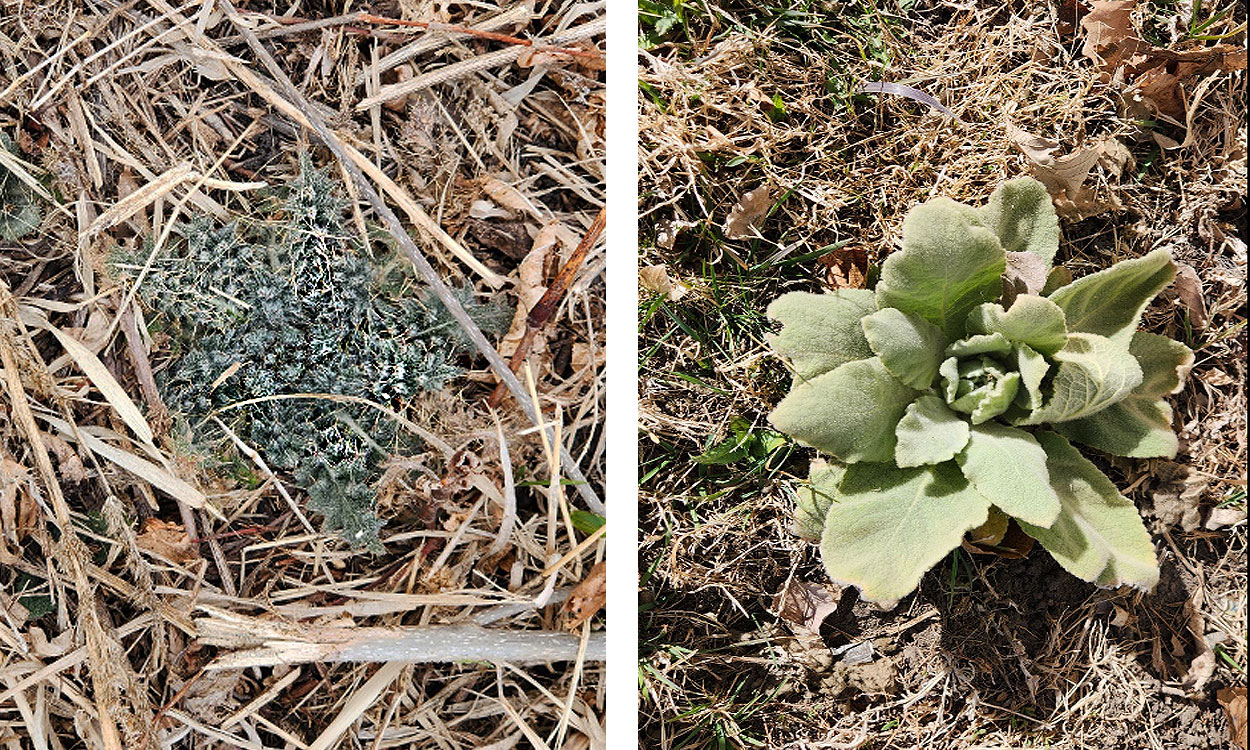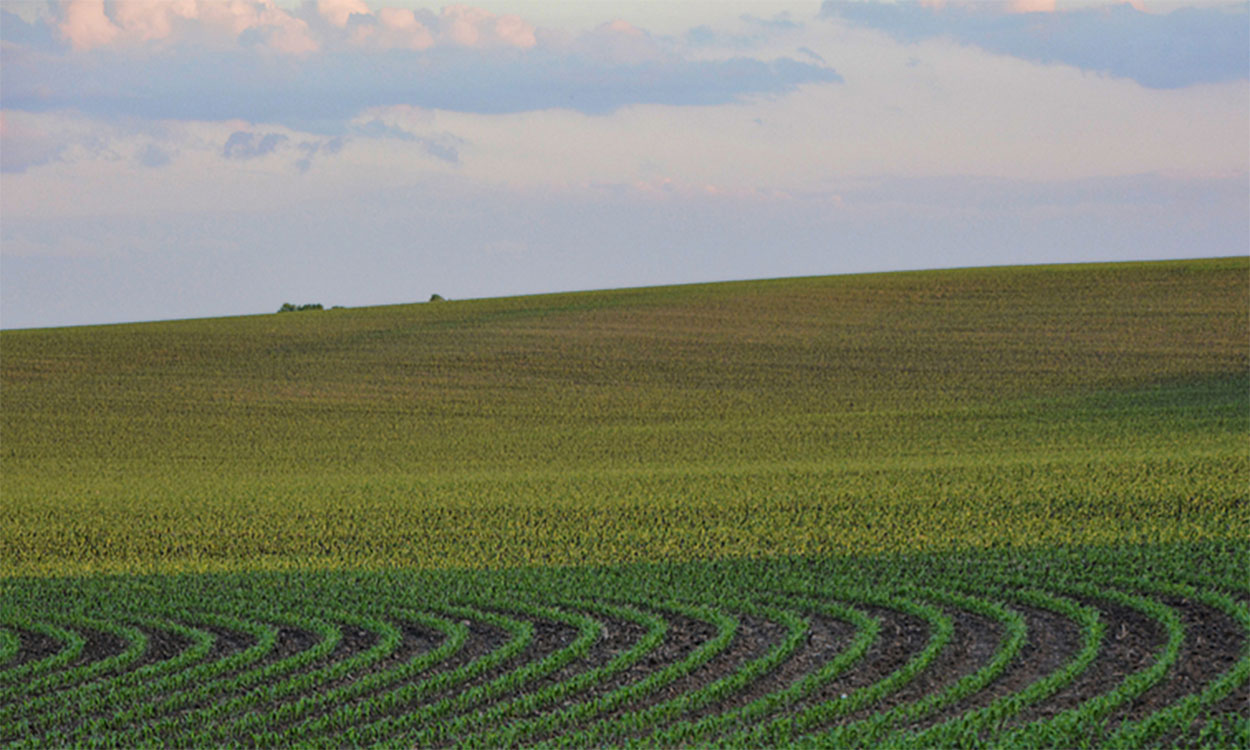Originally written by Gared Shaffer, former SDSU Extension Weeds Field Specialist.
Kochia in South Dakota

Kochia is a problem in row crops in north central South Dakota. New post-emergent options in corn and soybean have helped alleviate kochia competition from many fields, but these herbicide options shouldn’t be completely relied upon for a long-term plan for control. One option is to use a soil residual herbicide applied in the fall on fields that will be planted the following year to cash crops, such as corn or soybeans. The weather in parts of South Dakota can limit the opportunity to fully activate pre-herbicides applied before planting in the spring or limit access to wet areas due to an overabundance of moisture. This opens the door for using herbicides in the fall to control, not only winter annuals and biennials, but also give the advantage over early emerging summer annual weeds like kochia.
Fall-Applied Herbicide Options
Herbicide active ingredients that could be applied in fall before corn would include atrazine, flumioxazin, flumioxazin+pyroxasulfone, pyroxasulfone, s-metolachlor, acetochlor or a combination of these. Herbicide active ingredients that could be applied in fall before soybean would include flumioxazin, pendimethalin, s-metolachlor, dimethenamid-p, pyroxasulfone, sulfentrazone, saflufenacil, dimethenamid or a combination of these products. With each of these products, make sure to pay attention to environmental conditions required for application as specified in the label. These products can be applied across most years and situations right after fall harvest.


